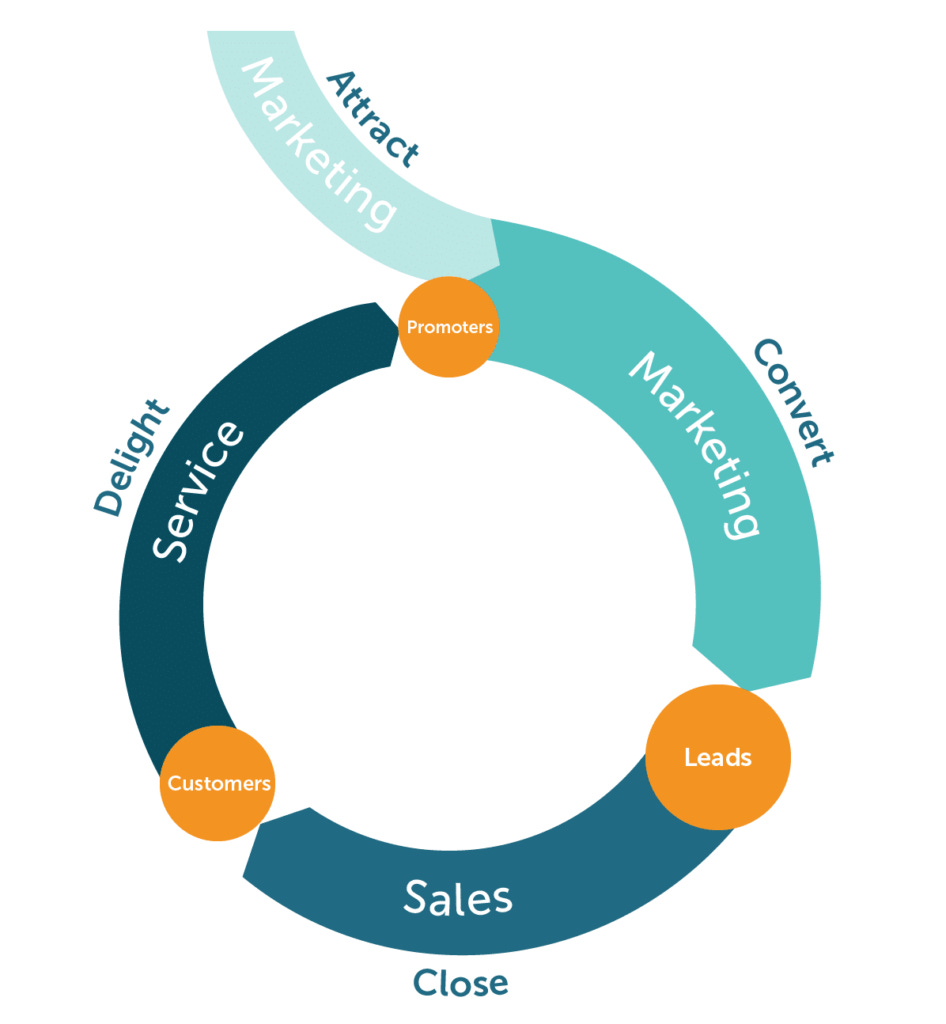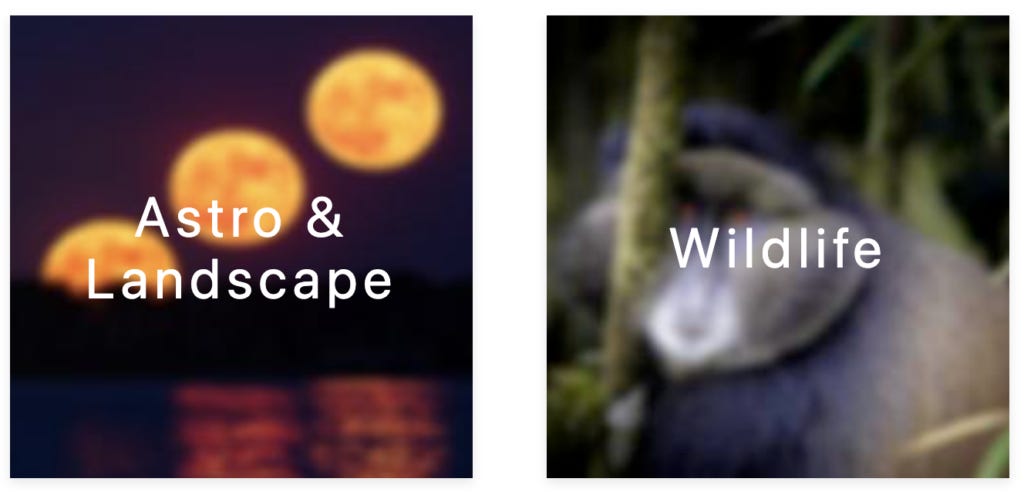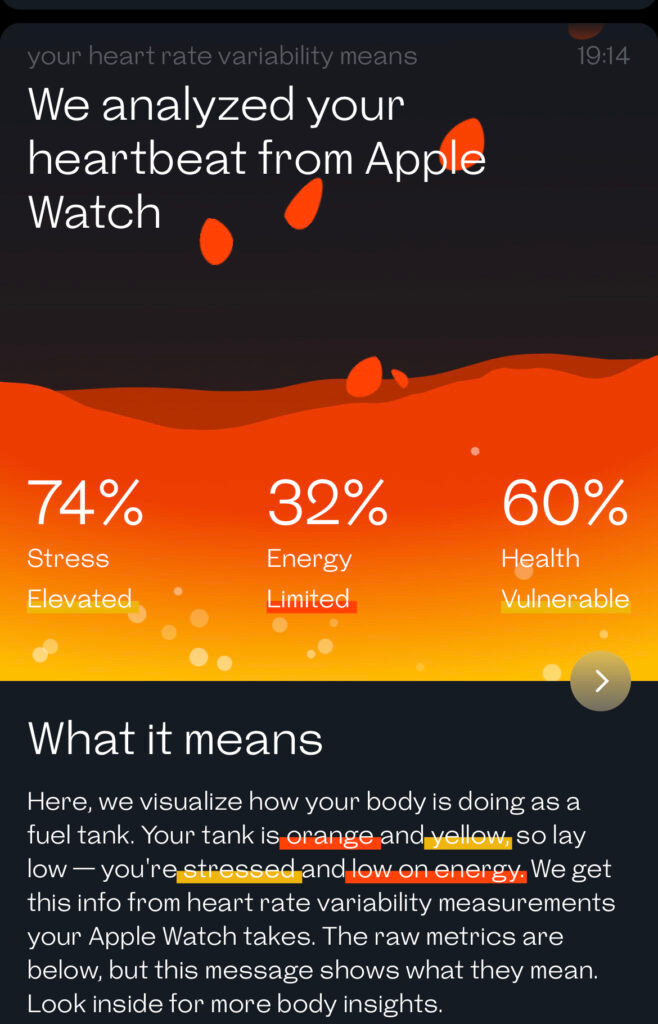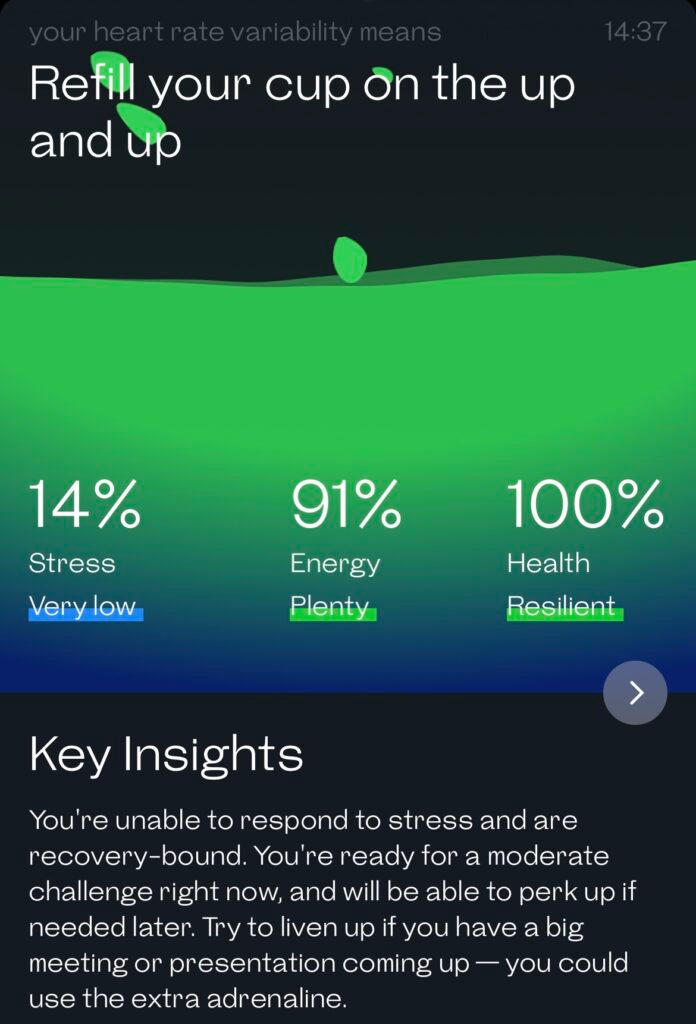Last week in Entry #7, I touched on quite a few topics related to Building a Sustainable Creation System for creating income without burnout. I explained how we can use data, information, and knowledge to direct the impact of our efforts when we share creations (including knowledge work) with others.
In particular, I discussed the concepts of Natural Self-Expression, Self-Reflection, the Creator Economy, and Sustainable Creation. This week, we will continue analyzing Goal #2 from Entry #6:
Structure a habit and task system that enables me to consistently build income to a level that meets my needs without burning myself out.
Let's make the framework from last week more concrete by touching on how we can create actual income while minimizing burnout.
If you would like to read this Entry online, you may find it here.
Creating Income Without Burnout
Creating passive income can help with burnout by decoupling time from money. Instead of actively investing time and converting it to money in real time, we can instead invest time into a system that operates in the background, building money 24/7.
First I'll explain what falls under "passive income", then we can look at how I am building my creation system to plug into my passive income machine while monitoring to avoid burnout.
Passive Income
Passive income can be defined as money earned without too much ongoing effort. Typically, passive income requires an initial investment of time and attention and then long term monitoring and maintenance. There are quite a few ways to create passive income, so I recommend doing some research on your own to see what jumps out at you. Also, I suggest reading Stolen Focus (why you can't pay attention and how to think deeply again) to begin understanding the deeper value of this system. This book was a great overview on how to fix our decreasing attention and focus, crucial skills for maximizing momentum and minimizing friction.
An analogy for passive income is that of a flywheel. A flywheel is a mechanical system that is able to build momentum over time (short YouTube explanation video here). While it may be difficult to get going, once the initial system is spinning, the momentum helps to keep itself spinning. In other words, after an initial spin up phase, a flywheel is mostly hands off, requiring attention far less frequently.
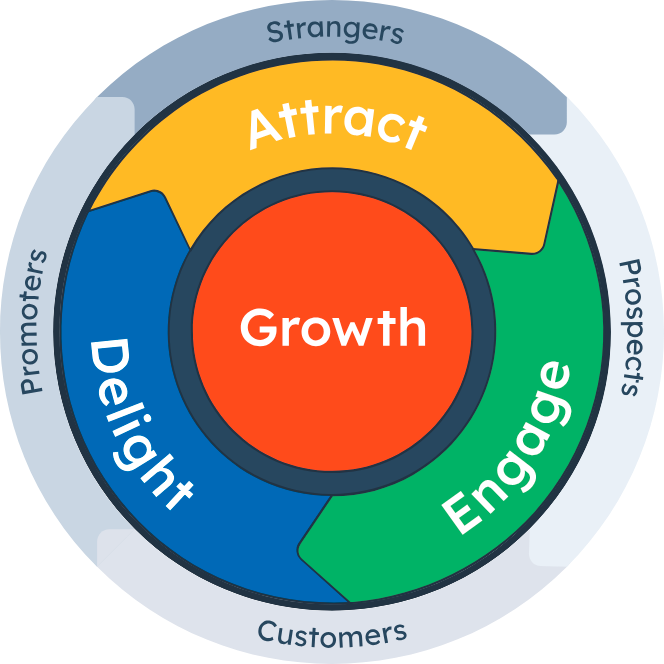
The efficiency of a flywheel is very dependent on friction, properties that cause the flywheel to slow down over time, despite the built up momentum. Friction builds up heat, leading to wasted energy (e.g., burnout). We'll touch on friction and burnout more shortly.
For the purposes of this entry, we are going to focus on the "Asset Building" class of passive income. This class requires an upfront investment of time and attention to create assets that lead to value down the road.
In a modern digital world, the value of passive income tends to increase proportionately with the amount of traffic directed to my website. More people visiting my website = more clicks on products (mine or affiliate) = more income created. Let's dive deeper into those two systems.
Digital Products
In-line with our discussion on the Creator Economy, one of the best ways to create passive income is to create your own digital products. These products can be sold for a cost, put behind a paywall, or given for free to generate traffic to your website where more digital products are listed for sale.
Common types of digital products include: physical art, digital art and NFTs, courses, planners, software, and many more. It is up to you to recognize what you can create that will be valued by others.
Remember, a key tenet (principle) of the creation system I am proposing is one of natural self-expression. I am looking for ways to filter what I am already doing into a passive income generating machine.
For example, I will be officially launching my photography print shop within the next month. These prints are photos from my trips across Africa and Canada. I had already invested time, attention, and money to travel, learn to shoot photographs, learn to edit photographs. Converting these photos to passive income merely required me to set up a print shop and upload the photos while verifying quality.
~BONUS~ As a subscriber of this newsletter, you are eligible to a 15% discount from my print shop, ahead of the official launch. Send me an email to receive the discount code 👀
These digital products can also be used to generate sponsorship and brand deals. For example, let's assume this time next year my newsletter is at 10,000 subscribers. Companies may find it valuable to promote their product through my newsletter by paying me a fee to include an advertisement at the end.
I would need to look into the brand and decide if I agree with their product or service enough to include it in my distribution system (newsletter). If the brand or product is something I value already, I am much more likely to say yes to such a partnership.
Remember, a key tenet (principle) of the creation system I am proposing is one of natural self-expression. I am looking for ways to filter what I am already doing into a passive income generating machine.
Affiliate Marketing
When you really love a product and talk about it regularly, has anyone made the joke "you should work for that company" (e.g., me telling everyone to buy an Instant Pot)? That's what affiliate marketing is, but without needing to sign an employment contract.
The difference from employment is that by becoming an affiliate, I earn a commission for each sale that I drove. Affiliate marketing is a great way to naturally create passive income by tapping into products or services that I already use and recommend to people.
Commissions can build up greatly over time, depending on how much traffic I direct to my website. Driving traffic to my website is the main source of friction in my passive income flywheel machine. The more time, attention, and energy (stress and focus) I use trying to get people to my website, the greater likelihood of burnout.
For example, I am working on my affiliate page for my photography and travel gear. These are all products that I use and love as part of my travel and creation process.
As another example, I have an affiliate page for my book recommendations. These are books I have read that have had a big impact on my life, and genuinely want others to read.
Again, the goal here is to identify what we are doing already and adding that momentum to our flywheel piece by piece. The identification of natural self-expression was described in more detail in Entry #6, but we will now take a deeper look into analysis of the self to identify what is natural. We want to recognize actions in our lives that come easily to us (add momentum) and, perhaps even more importantly, recognize actions in our lives that drain us (friction --> burnout).
Avoiding Burnout
Metacognition (Private Flywheel)
Metacognition is literally "above cognition" or "thinking about thinking", "knowing about knowing". This sounds like a meta concept because... well, it is. Metacognition can be broken into three main headings:
Knowledge = what you know about yourself (thinking, problem-solving, learning).
Regulation = activities and strategies used to control your thinking.
Experiences = thoughts and feelings you have while learning and/or problem solving.
Put another way, metacognition is the practice of understanding our own minds and how we perform tasks related to learning and problem solving. By understanding our own unique metacognitive processes, we can begin to assess systems that work for us (momentum building) and systems that do not (friction).
The image below is a great summary from Ness Labs. I highly recommend reading this article explaining metacognition in more depth. Unsurprisingly, beginning to touch on consciousness and what it means to be a "self" is a very deep rabbit hole, so I will keep the discussion high level for now. Let me know if you have any questions.
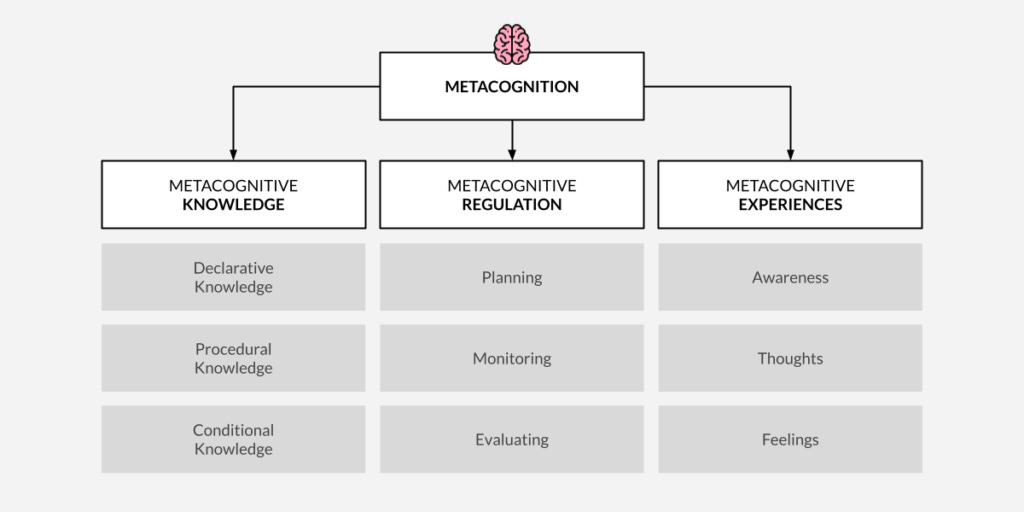
Natural self-expression (Experiences)
Tying metacognition into the tenet of natural self-expression, I took a look at what I was doing already to to become aware of my thoughts and feelings as I performed different actions. Back to Entry # 4, I begin my day with mindfulness, followed by journalling, followed by wherever my creative intuition takes me.
By tracking my thoughts and feelings (being aware) through mindfulness and journalling, I am able to string together a longer working memory of my experiences. A longer working memory helps me recall what works and what doesn't work, helping me to maximize momentum and minimize burnout.
Therapy is also a great way to assist with self-awareness. Cognitive behavioural therapy (CBT) is thinking (cognitive) about my actions (behavioural), emotions (feelings) and working to change them (therapy, or recalibrating). I recommend learning more in this article by Simply Psychology. Does the diagram look familiar 👀 it's another type of flywheel, but one made of our own thoughts, feelings, and actions.
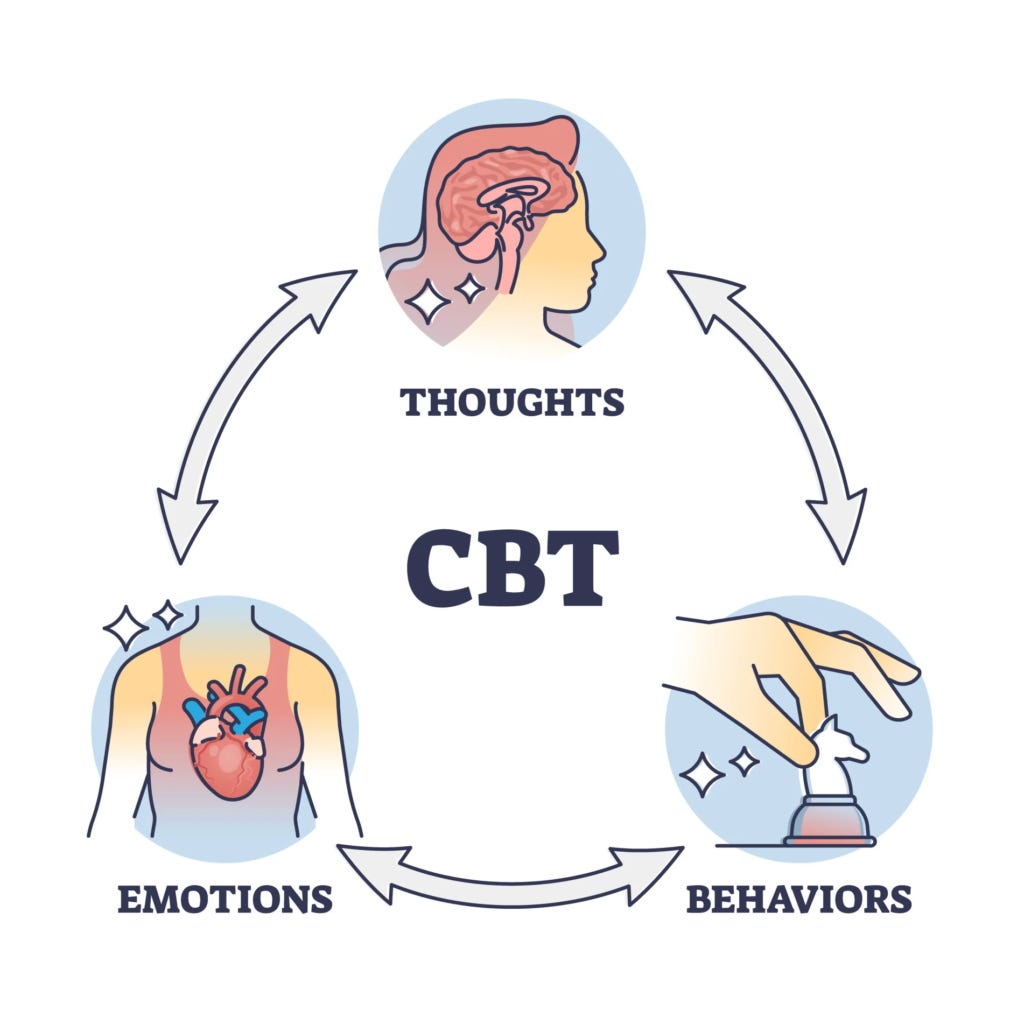
To help you learn more on a practical level, I highly recommend the Waking Up app, which has a series called "Mindful CBT". I had been practicing mindfulness for several years and this series helped reframe both mindfulness and therapy for me.
Note: if you are struggling with anxiety, burnout, depression, or anything mental health related, I recommend speaking to a professional psychotherapist. While metacognition is a helpful tool, we all have blocks (friction) below the conscious level that can be brought to the surface through therapy in a safe and professional environment.
Tracking Experience with Biometrics (Regulation)
The next level of metacognition is regulation: planning, monitoring, evaluating. In other words, regulating how we control our thinking. Journalling is another great exercise to help bring awareness to our thought processes since we are monitoring ourselves over time, enabling evaluation and planning.
Instead of sticking with metacognition alone, let's take a deeper look at regulation through our physiology (the mechanics of how we biologically live). Remember, we are building a sustainable system based on physical and mental health (see Entry #2).
The actions we take and the way our brain processes information controls the amount of mental and physical drain on our energy levels. It can be difficult to track this energy level drain, especially when we get caught up in solving problems and doing tasks. Without noticing, we tend to hold our breath, impacting our metabolic processes and heart rate. As an aside, a good book on this topic is Breath by James Nestor.
To help, I started using an app called Welltory (think wellness + laboratory). Welltory tracks the heartbeat from my Apple Watch to analyze heart rate variability. The science behind the app is very detailed, I am learning a lot about my health and the indicators my body gives me when experiencing burnout. My heart rate is analyzed and presented in a graphic format showing me how full my tank is.
For example, in the left image below, my "energy tank" is limited, with high stress and having a negative impact on my health. I had a long day of thinking intensely and was late for a meeting, so my stress levels were elevated. On the right, I had just taken a nap, which restored my energy levels and health resilience. However, my stress levels were too low (since I didn't sleep well the night before, hence the nap).
I am personally very excited to be able to track my mental and physical health better through this app. It connects to my other health apps (including the Waking Up app) and will improve my self-awareness on what causes momentum or friction in my life. If you would like to learn more, details on the Welltory app may be found here.
Recalibrating Based on the Data (Knowledge)
As we build self-awareness of our experience and regulation, we begin to accumulate knowledge of how we know about ourselves. This knowledge can be leveraged to identify what has the greatest impacts on the momentum of ourselves, and the greatest detriment of friction.
By maximizing momentum and minimizing friction, we can get our self-flywheel off to a good start and build the momentum sustainably.
The act of thinking about thinking helps us recognize what our pillars of creation are, and how we can increase their frequency in our lives. For more on generating impact from knowledge, refer back to Entry #7 and consider reading the book Finding Flow by Mihaly Csikszentmihalyi, a great book on what speaks to our psychological engagement with life.
For now, let's tie these concepts back to passive income.
Publishing (Public Flywheel)
Everything I have described above with respect to metacognition is intended to help you start spinning your personal and private flywheel. Remember, sustainable creation starts by prioritizing your own needs first.
Once your private flywheel is spinning, it's time to channel some of that built up momentum into a public flywheel; the passive income machine we discussed earlier.
Through the metacognitive systems and physiological monitoring I described above, I now have a way to track my burnout level while I begin building assets. Tracking my burnout level can help as I begin publishing assets to my website (intellectual property). A newsletter is a great way to begin, as weekly or monthly publishing is much more sustainable than the social media route:
I have tried the Social Media route over the years, but found it to be quite dissatisfying. Sure, there is an ego boost when your post gets a lot of likes, a dopamine hit that lasts a few minutes, but there is not concrete and longterm value creation. Building an audience is a great tool to connect with fans, but to build a sustainable system, there needs to be conversion into True Fans.
The solution? Start by accumulating assets that generate longterm value first and build your audience along the way, not before, and not after.
Build a system that increases in value as each piece is added to it. Create intellectual property (accumulating knowledge through writing, painting, coding, photos, etc.) and begin building an online repository that will increase in value over time. Consistently publishing to this system will increase your personal brand.
Once we have some assets published to our website and we have the newsletter publication system figured out, we can begin promoting on social media to open up public awareness while knowing our burnout limits and how to play within them. Note, you can also begin merely with a newsletter on a platform like Substack without needing a website, and build your website later.
Understanding how our daily habits impact our ability to operate is very helpful, which is why I recommend reading Atomic Habits by James Clear. This book changed the way I think, forever.
Next Steps: Artificial Intelligence and Automation
Once we begin generating data from social media, newsletters, and website publications, we can leverage that data through analytics to identify which publications have had the greatest impact (audience growth, monetary conversion, etc.). This intelligence can be analyzed through our own metacognition, or through the use of tools.
Furthermore, we can begin identifying tasks that we repeat with each post, understanding the friction (time cost) of our system more and more. We can then introduce tools that reduce friction and maximize momentum of our personal and public flywheels.
Enter: artificial intelligence (AI). The amount of data we consume on a regular basis is overwhelming to say the least. AI can help us process that information and make the data more manageable. AI can also automate repetitive tasks, saving time and energy.
I believe the best way to organize and leverage AI in the near future is to organize the information we consume (curate) in a more intuitive way. This intuitive building process is perfect for the concept of a Second Brain. My current second brain is primarily made of Notion (with built in AI) and Obsidian, but more on that later 👀 Again, I recommend the book Building a Second Brain by Tiago Forte to get started.
Next week, we'll start looking into AI, what is is, how it operates, and how we can use it to augment our flywheels. Stay tuned ✨
P.S. No pressure in the slightest, but if you would like to buy me a "Ko-fi" as a sign of appreciation for the work I am doing to build this educational newsletter, you can buy me a Ko-fi here ☕️ Any and all contributions are greatly appreciated 😌 ✨





